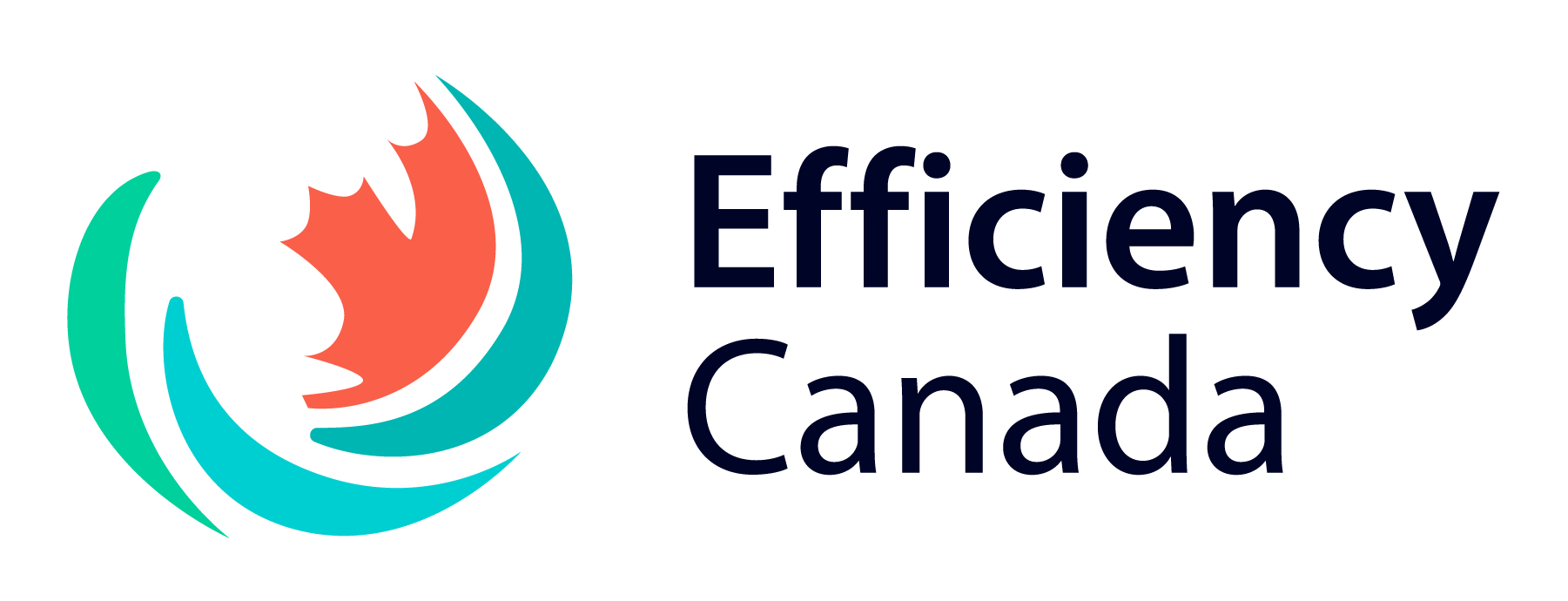The 2024 Canadian Energy Efficiency Scorecard from Efficiency Canada provides a detailed evaluation of energy efficiency policies and performance across provinces and territories. As the country strives to meet its ambitious net-zero energy goals, the Scorecard serves as a benchmark for progress and a roadmap for improvement. Covering programs, transportation, buildings, and industry, it underscores achievements, highlights disparities, and identifies critical opportunities for the future.
National Achievements
Canada made notable strides in energy efficiency in 2023, setting new records for savings and spending.
- National incremental energy savings grew by 25%, reaching 25.44 petajoules, the highest ever recorded.
- Electricity savings increased by 23%, while natural gas savings saw a dramatic 33% rise.
- Spending on energy efficiency surpassed $1.5 billion, reflecting a 27% increase over 2022.
These figures demonstrate the growing impact of efficiency programs across the country. However, the report also underscores that much of this progress remains concentrated in a few provinces, with others failing to keep pace.
Regional Performance
British Columbia retained its top position, excelling in building energy efficiency and progressive electricity policies. Québec and Prince Edward Island tied for second place, showcasing leadership in transportation electrification and program savings, respectively. Conversely, Alberta fell to last place, reflecting limited progress and reduced spending across key categories.
- British Columbia (BC):
- Scored the highest in building energy policies, including energy labelling and ambitious energy performance standards.
- Introduced the Clean Heat Standard, incentivizing the adoption of low-carbon heating technologies.
- Québec (QC):
- Led the transportation category with extensive electrification programs, supported by strong EV incentives and infrastructure.
- Scored highly in industry, driven by mandates for high-efficiency heating equipment.
- Prince Edward Island (PEI):
- Dedicated significant resources to energy programs, achieving the highest per capita spending.
- Adopted net-zero-ready building codes to meet 2030 targets.
- New Brunswick (NB):
- Climbed three spots to rank fourth, thanks to investments in energy poverty initiatives and progressive building codes.
However, Alberta’s performance underscores persistent challenges in certain regions. Limited investment in energy efficiency programs and policy stagnation contributed to its lowest ranking. Saskatchewan, while previously last, showed some improvement, advancing to ninth place with incremental progress in program spending.
Sectoral Insights
The Scorecard provides a closer look at key sectors contributing to energy efficiency progress.
Buildings
The buildings sector showed mixed results, with advancements in energy performance standards in provinces like Nova Scotia and Québec. However, most provinces lag behind federal goals for net-zero-ready building codes by 2030. Mandatory rating and disclosure policies have gained traction, with British Columbia leading efforts in energy labelling and enforcement.
Transportation
Transportation electrification emerged as a critical driver of energy efficiency. Québec led the charge with strong EV adoption and infrastructure, while BC and PEI implemented EV-ready building codes. Yet, rural areas in provinces like Manitoba and Alberta face significant gaps in public charging networks and policy incentives.
Industry
In the industrial sector, Ontario and Manitoba prioritized energy management certifications to encourage efficiency across manufacturing and other heavy industries. However, Alberta and Saskatchewan lack sufficient incentives for businesses to invest in energy-saving technologies, limiting their potential to contribute to net-zero goals.
Barriers to Progress
While the Scorecard highlights areas of success, several persistent barriers hinder progress across provinces:
- Regulatory Uncertainty: Provinces face inconsistent implementation of national energy efficiency standards, particularly in building codes.
- High Costs: Many jurisdictions struggle with the upfront expenses of advanced technologies like heat pumps and retrofits.
- Energy Poverty: Only 2% of program spending is allocated to Indigenous communities, reflecting inequitable access to benefits.
As Brendan Haley, Senior Director of Policy Strategy at Efficiency Canada, observed:
“Energy poverty remains a pressing issue, preventing vulnerable populations from accessing the benefits of energy efficiency programs.”
Federal Policy Gaps and Recommendations
The Scorecard emphasizes the role of federal leadership in driving provincial progress and identifies several policy priorities:
- Modernize the Energy Efficiency Act: Mandate heat pump adoption and phase out inefficient heating oil systems.
- Demand-Side Investments: Shift federal spending to prioritize energy efficiency measures over new energy supply projects.
- Net-Zero Housing Strategy: Align federal housing funds with stringent energy efficiency and operational GHG targets.
- Energy Poverty Framework: Develop a national strategy with sufficient funding to address affordability and access issues.
Matthew Wu, Policy Research Intern at Efficiency Canada, added:
“Federal leadership is essential for aligning provincial efforts with national net-zero goals, ensuring a cohesive and inclusive energy transition.”
Climate Insider Analysis
The 2024 Canadian Energy Efficiency Scorecard offers a comprehensive view of Canada’s energy efficiency landscape, highlighting significant progress alongside persistent challenges.
- Leaders Set the Standard: British Columbia, Québec, and Prince Edward Island demonstrate what is possible with ambitious policies and sufficient funding.
- Energy Poverty Requires Urgent Action: Limited access to efficiency programs for low-income and Indigenous communities remains a critical barrier.
- Building Codes Are Pivotal: Stringent enforcement of energy codes for both new and existing buildings is essential to meet net-zero targets.
- Transportation Electrification Expands: Progress in EV adoption and infrastructure must accelerate in underserved regions to ensure nationwide benefits.
As Canada moves closer to its net-zero commitments, the path forward will require federal-provincial collaboration, innovative financing models, and equitable access to energy efficiency benefits. By addressing gaps in policy and funding, Canada can build a more sustainable and inclusive energy future.
Featured Image: Credit: Efficiency Canada





